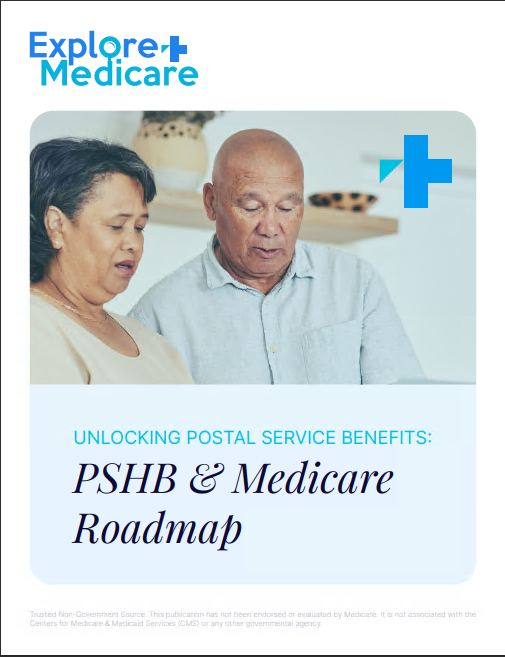Key Takeaways
-
Medicare Part D helps cover prescription drug costs, but plans vary widely in terms of coverage, premiums, and out-of-pocket costs.
-
Choosing the right plan requires understanding formularies, cost structures, and potential penalties for late enrollment.
Understanding Medicare Part D: What You Should Know
Medicare Part D is the part of Medicare that covers prescription drugs. Unlike Parts A and B, which are provided by the government, Part D plans are offered through private insurance companies. This means costs, coverage, and rules can vary significantly. Before choosing a plan, it’s essential to understand the key details that can impact your coverage and costs.
1. How Medicare Part D Works in 2025
Medicare Part D plans help pay for prescription drugs, but you’re still responsible for some costs. Here’s a breakdown of what you can expect:
-
Monthly premiums – Vary by plan, but you must pay this amount even if you don’t fill prescriptions.
-
Deductibles – In 2025, the maximum deductible is $590.
-
Copayments and coinsurance – These are costs you share for each prescription, which differ depending on the plan’s formulary.
-
Out-of-pocket cap – Once you’ve spent $2,000 on covered prescriptions, you won’t have to pay anything more for the rest of the year.
2. Understanding Plan Formularies
A formulary is a list of drugs covered by a Medicare Part D plan. Each plan has a different formulary, so it’s important to check whether your medications are covered before enrolling. Key points to consider:
-
Tiered pricing – Drugs are placed into different tiers, with lower-tier medications costing less than higher-tier ones.
-
Prior authorization – Some drugs require approval before the plan covers them.
-
Step therapy – Plans may require you to try a lower-cost alternative before covering a more expensive medication.
-
Quantity limits – Some medications have restrictions on how much you can get at one time.
3. Late Enrollment Penalties Can Be Permanent
If you don’t sign up for a Part D plan when you’re first eligible and don’t have other creditable prescription drug coverage, you may face a late enrollment penalty. This penalty:
-
Is added to your monthly premium for as long as you have Medicare Part D.
-
Increases the longer you go without coverage – calculated as 1% of the national base beneficiary premium for each month you were without coverage.
-
Can be avoided by enrolling when you’re first eligible or maintaining other creditable drug coverage.
4. Extra Help Is Available for Those with Limited Income
Medicare’s Extra Help program assists individuals with lower incomes in paying for Part D costs. This program can help with:
-
Premiums, deductibles, and copayments
-
Avoiding the late enrollment penalty
-
Lowering out-of-pocket drug costs
Eligibility is based on income and resources, and you can apply through Social Security at any time of the year.
5. Annual Plan Changes Could Affect Your Coverage
Medicare Part D plans can change each year, affecting your costs and coverage. Key things to review annually include:
-
Premium changes – Your plan may increase or decrease its monthly costs.
-
Formulary updates – Medications may be added or removed from coverage.
-
Tier adjustments – Some drugs may move to a different tier, increasing or decreasing your costs.
-
Pharmacy networks – Your preferred pharmacy may no longer be in-network, affecting pricing.
6. The Medicare Prescription Payment Plan Spreads Costs Over Time
Starting in 2025, Medicare allows you to spread out-of-pocket prescription costs over 12 months instead of paying large amounts at once. This new Medicare Prescription Payment Plan can:
-
Reduce financial strain by avoiding high upfront drug costs.
-
Provide flexibility for those managing multiple prescriptions.
-
Help beneficiaries stay on necessary medications without interruptions.
7. Reviewing Your Plan During Open Enrollment Is Essential
Medicare Open Enrollment runs from October 15 to December 7 each year. During this period, you can:
-
Switch to a different Part D plan if your current one isn’t meeting your needs.
-
Drop Part D coverage if you’ve found another way to pay for prescriptions.
-
Join a new plan if you previously didn’t have drug coverage.
It’s essential to review your plan details annually to ensure you’re still getting the best value and coverage.
Make an Informed Decision About Your Medicare Part D Plan
Understanding Medicare Part D can help you make an informed decision that best fits your healthcare needs. Reviewing your medications, checking plan formularies, and staying aware of policy changes can prevent unexpected costs. If you need personalized guidance, reach out to a licensed agent listed on this website for expert advice.









